

CarExpert.com.au
Model range deep-dive: Mahindra's SUV family
4 Days Ago
Angus MacKenzie gets a first drive of Maserati's crucial rival to the Porsche Macan in Europe, ahead of its local arrival in 2023.
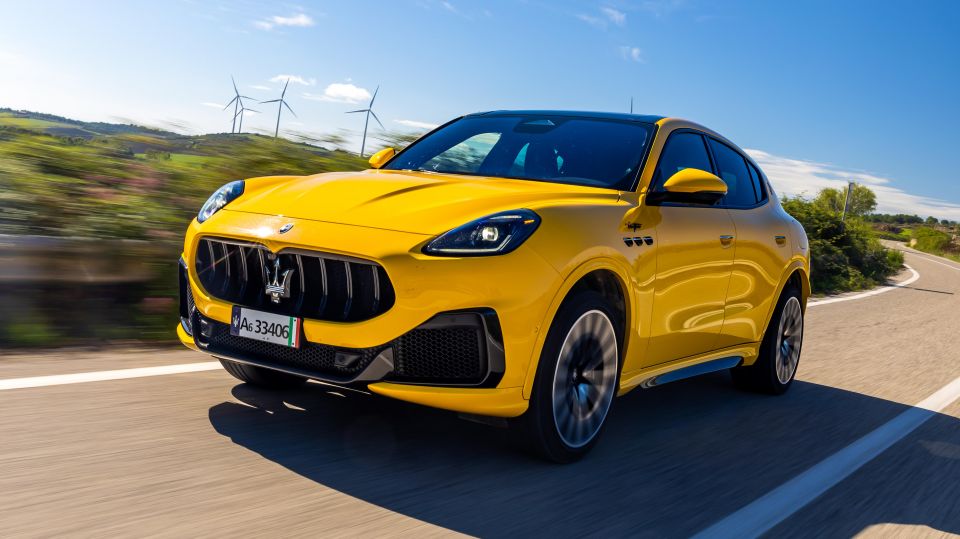
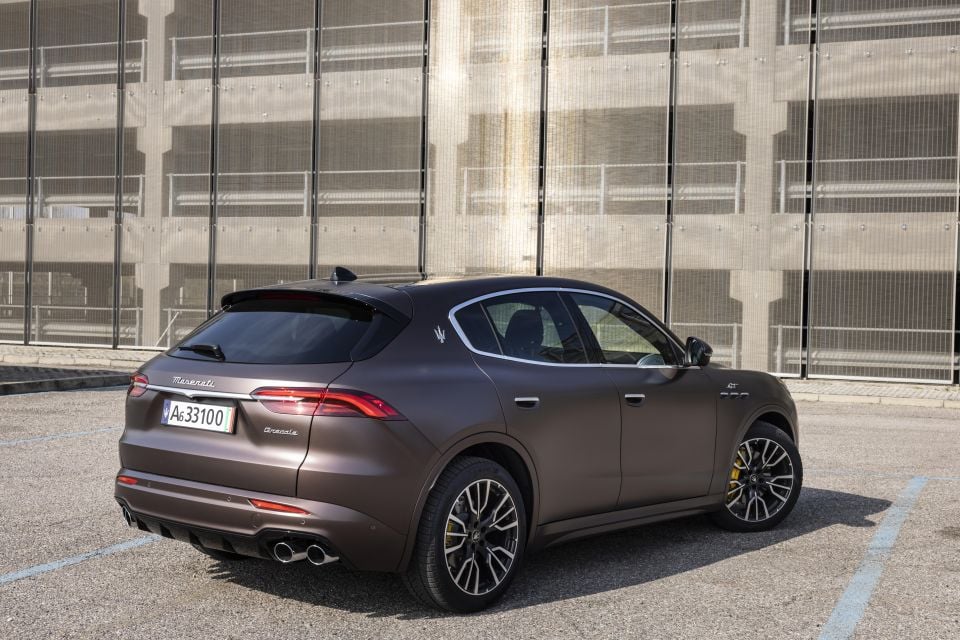

Where expert car reviews meet expert car buying – CarExpert gives you trusted advice, personalised service and real savings on your next new car.
Maserati made its name in the 1950s and 60s building sports cars and elegant coupes. But the Maserati Grecale SUV is arguably the most important vehicle in the company’s history.
In an era when even Ferrari and Lamborghini are bowing to demand and building high-riding all-wheel drive load luggers, the Grecale is the most mainstream Maserati yet.
In true Maserati tradition the Grecale is named after a wind, in this case a north-easterly that blows across the Italian peninsula. Maserati insiders won’t exactly spell it out, but you don’t have to be a rocket scientist to figure out the Grecale is aimed squarely at Porsche’s highly successful Macan.
There’s good reason for that. The Macan is Porsche’s entry-level model, positioned as an affordable gateway for those wanting to drive something from a brand famed for sports cars and performance.

Not surprisingly, perhaps, it’s Porsche’s best-selling vehicle, generating healthy profits that, among other things, can be ploughed back into developing the company’s iconic 911 and 718 sports cars.
The Grecale’s mission statement is fundamentally the same. But that’s not to say the Grecale is simply an Italian clone of the Macan – far from it. This new Maserati SUV has a personality and character all its own.
The Grecale is built on a modified version of the Giorgio platform that underpins the Alfa Romeo Stelvio and all models come standard with permanent all-wheel drive and an eight-speed automatic transmission.
Though noticeably more compact than its big brother, the Maserati Levante, the Grecale is bigger than it looks. Its 2901mm wheelbase is 83mm longer than that of the Stelvio, 94mm longer than that of the Macan, and even 27mm longer than that of the Jaguar F-Pace.
Your money buys you more Maserati than you think.
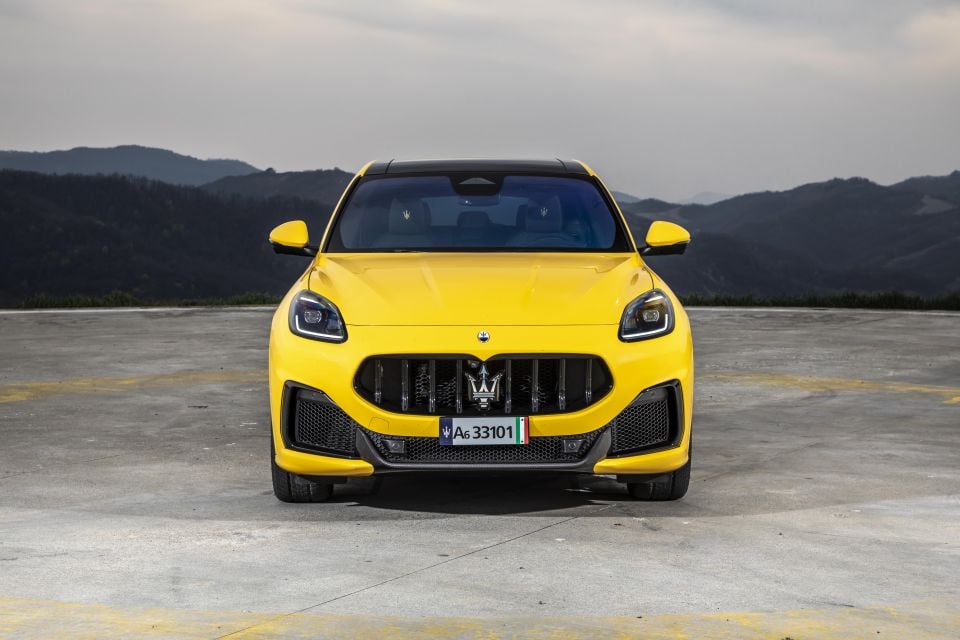
The Grecale is scheduled to go on sale in Australia during the first quarter of 2023.
Three models will be available at launch, each offering different power outputs and different levels of standard equipment. The base GT will be priced from $109,500, the mid-range Modena from $128,000, and the flagship Trofeo from $165,000 – all prices are before on-road costs.
A fourth model, the electric-powered Folgore, is scheduled to join the Grecale lineup next year, though no launch date has been confirmed for Australia.
The dual-motor all-wheel drive Folgore – meaning lightning in Italian – will likely boast more than 370kW and will be able to travel more than 480km between charges, thanks to a 105kWh battery under the floor.
MORE: 2023 Maserati Grecale price and specs
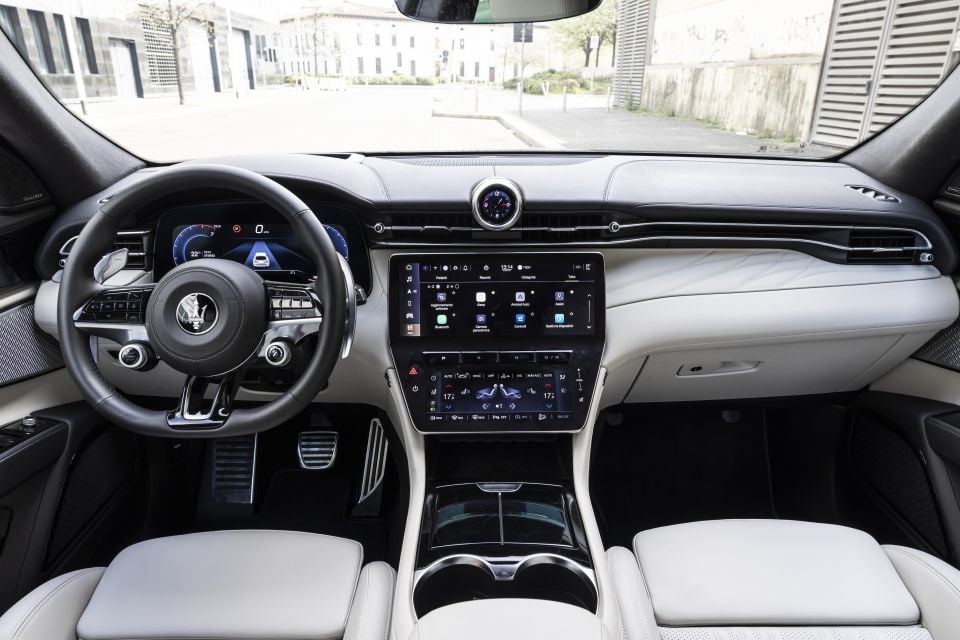
Opening the doors of the Grecale reveals a remarkably spacious interior. Maserati claims both the front and rear seats will comfortably accommodate 99 percentile adults, and there is no reason to doubt that claim.
Thank that long wheelbase. Even with the driver’s seat set to accommodate a 190cm adult, a passenger of similar height can sit behind with 50mm of kneeroom and headroom, even in Grecales with the sliding glass roof.
Crucially, there’s also ample room for their feet under the front seats too.
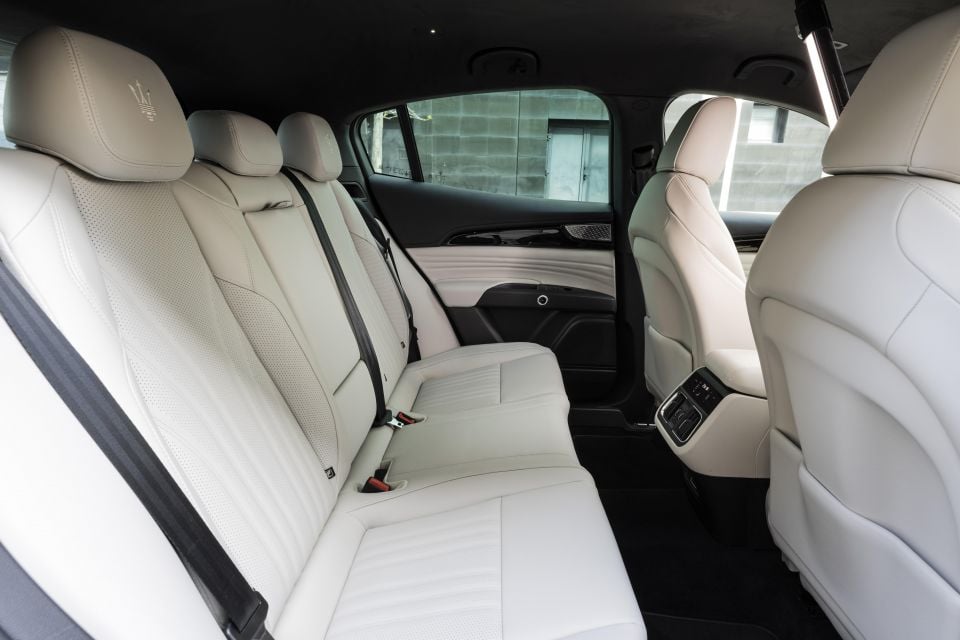

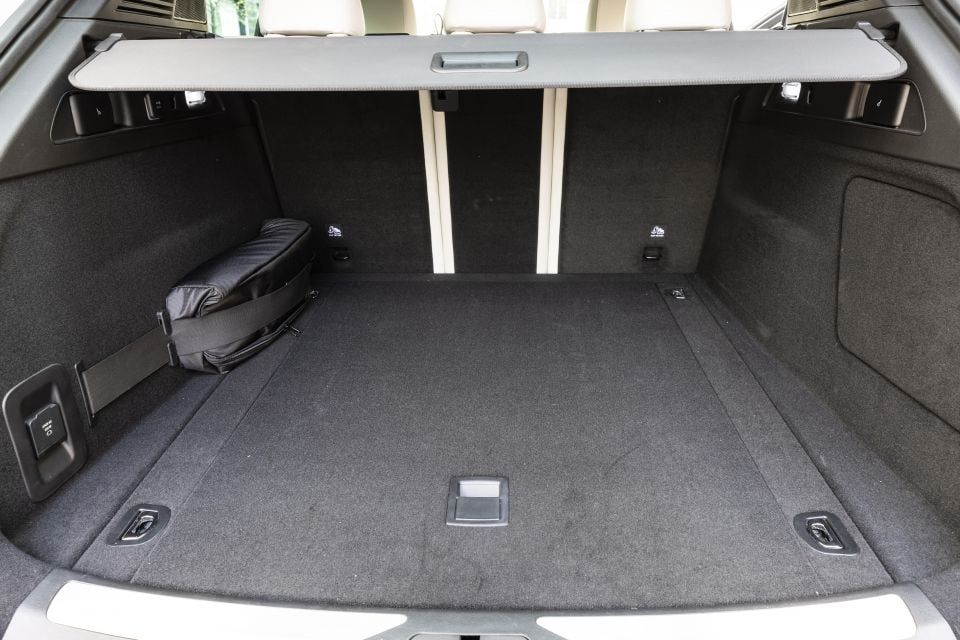
The Grecale is not only more spacious inside than the cramped Macan and the Stelvio, and even the Jaguar F-Pace, particularly in terms of the rear seat, but it also has the most luxurious ambience of the three.
Yes, the Porsche’s interior is beautifully finished and offers a wide choice of colour and trim options, but the Maserati cabin has a touch of Italian fashionista flair to it, even on the entry level models. GT buyers, for example, can choose from six different interior colourways, including a warm brown and a vibrant red.
The Grecale interior also has an impressive array of four screens.
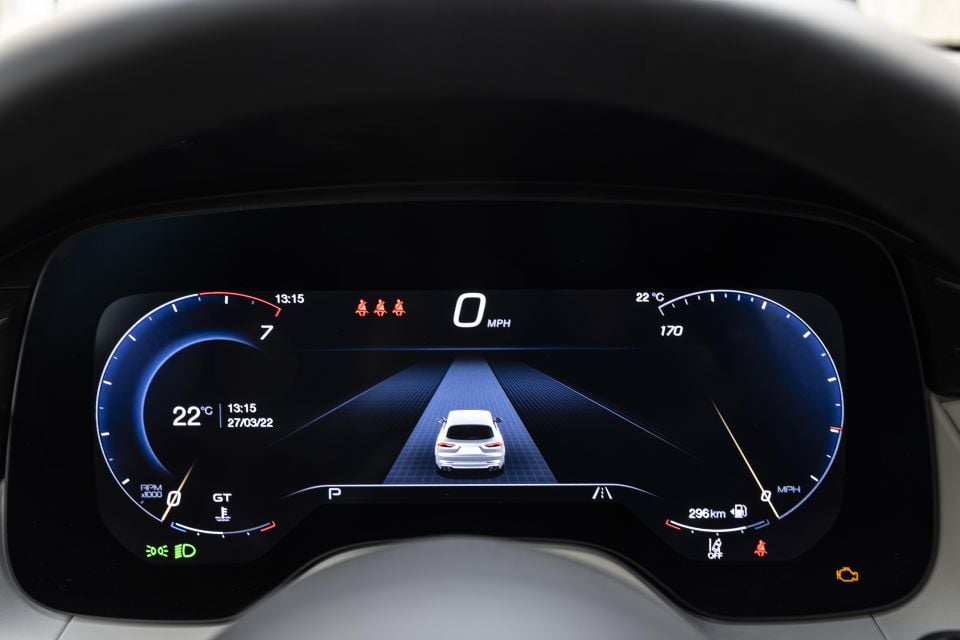

The instrument panel is a configurable screen. Above the centre console is a structure that houses a touchscreen that controls the nav, audio, phone, and vehicle settings; below it is a second touchscreen that controls comfort functions such as the climate control and seat heating and cooling, as well as audio volume.
The two screens are behind a single surface that kinks from the near-vertical alignment of the upper screen to an angle that matches the upward sweep of the centre console for the lower screen. Separating the two screens are push button transmission controls.
The fourth screen? It’s the clock at the centre of the upper dash, which can be configured between classic analogue and digital time displays, and to show performance data such as throttle and brake inputs or G-loads.
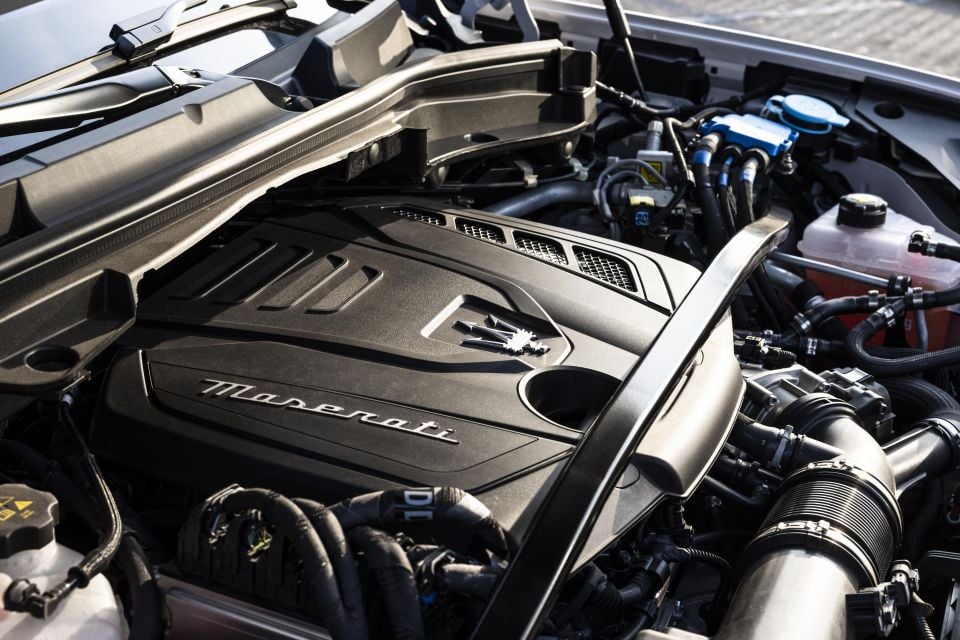
The entry-level Grecale GT is powered by a 48V mild-hybrid version of the 2.0-litre turbocharged four that also sees duty in the Alfa Romeo Stelvio.
It makes 220kW at 5750rpm and 450Nm from 2000rpm to 4000rpm and Maserati claims the Grecale GT will hit 100km/h in 5.6 seconds and 200km/h in 23.7 seconds before topping out at 240km/h.
The Grecale Modena shares the GT’s powertrain, but the power output has been boosted to 242kW at 5750rpm and its 450Nm of torque is available from 2000rpm to 5000rpm. The Modena has the same top speed as the GT but is three-tenths of a second quicker to 100km/h and 1.8 seconds quicker to 200km/h.
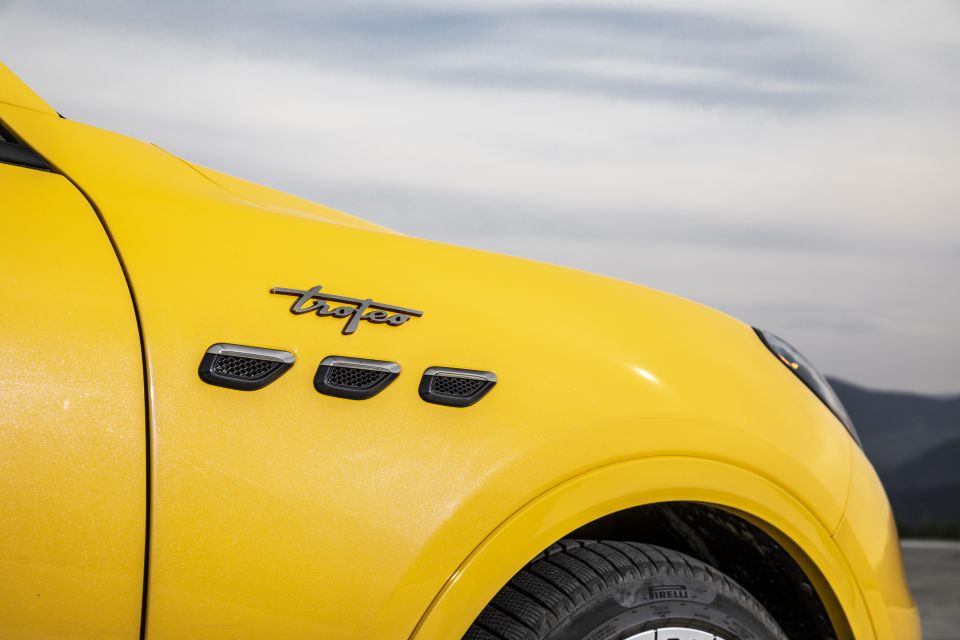
The Grecale Trofeo packs a detuned, wet-sump version of the Maserati MC20 supercar’s innovative, twin combustion, 3.0-litre twin-turbocharged Nettuno V6 under its bonnet.
In the MC20 this engine produces 463kW at 7500rpm and 730Nm of torque from 3000rpm to 5500rpm. In the Grecale Trofeo it makes a still impressive 390kW at 6500rpm and 620Nm between 3000rpm and 5500rpm.
Detuned it may be, but it’s an engine that’s going to have Porsche Macan GTS drivers glancing anxiously in their rear-view mirrors for looming Trident badges.
Maserati claims the Grecale Trofeo will hit 100km/h in less than 3.8 seconds and 200km/h in 13.8 seconds on the way to a top speed of 285km/h. Porsche claims a 4.3-second 0-100km/h time and 272km/h top speed for the 324kW Macan GTS.

The Grecale Trofeo comes standard with height-adjustable air suspension, an electronic rear differential, and bigger brakes than the four-cylinder GT and Modena variants.
While the steel-sprung, four-cylinder Grecales offer three drive modes – Comfort, GT, and Sport – the air suspension, which is optional on the four-cylinder models, allows the addition of a two-stage Off Road drive mode that raises the ride height by as much as 30mm in 15mm increments.
The Trofeo also gets a unique Corsa mode that sharpens throttle, transmission, and braking responses, dials back the traction and stability control, and activates launch control. Corsa also ups the damper rates from Sport to Hard, and it does exactly what it says, to the point where the ride is simply too stiff for anything other than a billiard table-smooth racetrack.
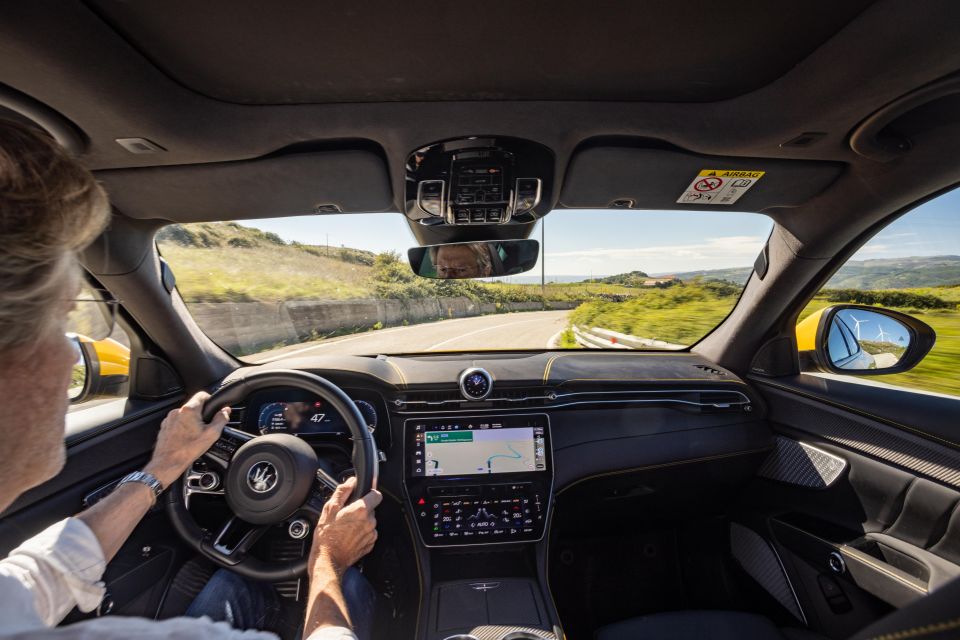
Fortunately, a button at the center of the steering wheel-mounted rotary drive mode controller allows you to switch damper modes independently of drive modes. In Corsa you can chose between Hard and Sport; in all the other modes apart from Off Road, you can switch between Sport and the standard damper rates.
The Grecale Trofeo is, in its default GT drive mode setting, much softer than a Macan. It rolls and pitches noticeably, the hood rearing skyward like an old GTHO’s when you punch the throttle, but the motions are well controlled, and when you really lean on it the suspension stiffens its sinews and gives you the support you need.
Those body motions clearly indicate the forces acting on the chassis, giving you a more complete picture of what’s going on where the rubber meets the road.
“We wanted the car to communicate its dynamics,” says Maserati validation engineer Frederico de Medio, who openly admits the Grecale’s chassis setup repudiates the German obsession with stiffness. “Too many cars today are too rigid.”
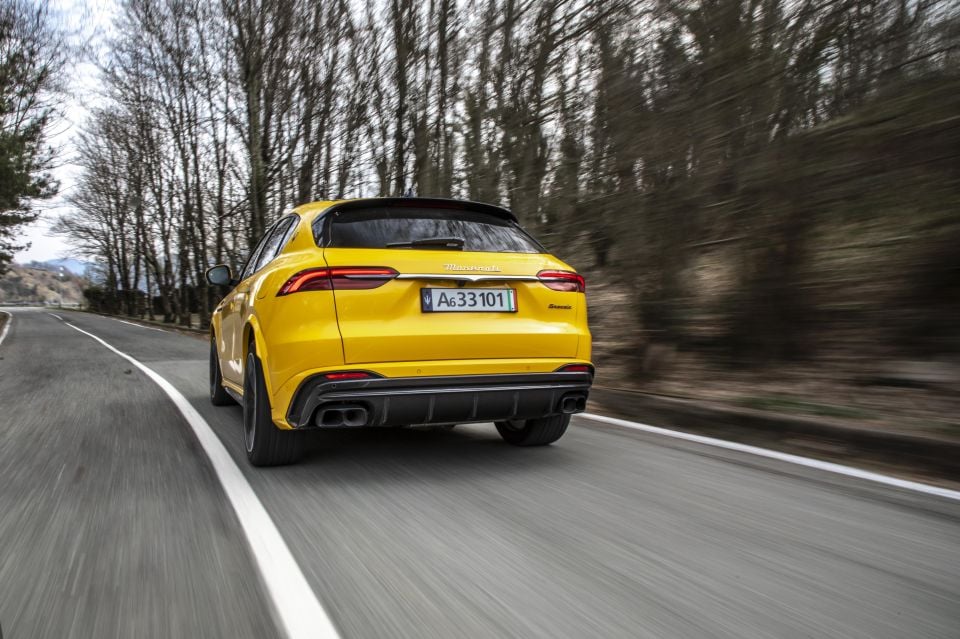
That said, the Trofeo’s low-profile tyres – 255/40 up front and 295/35 at the rear – are not happy over broken surfaces, their stiff sidewalls transmitting impact harshness that set the 21-inch alloys pattering over the cratered roads on our drive route in Sicily, exciting sundry rattles in the interior at the same time.
A Macan on big wheels and low-profile tyres still feels hewn from a solid billet of steel. The Grecale Trofeo doesn’t.
The Trofeo is the only SUV apart from Ferrari’s forthcoming V12-powered Purosangue with a genuine mid-engine supercar engine under the bonnet.
The Grecale’s version of the Nettuno V6 doesn’t have quite the vibrancy of the MC20’s variant across the rev range, but it’s still an exciting powertrain, spinning easily to a snarling 7000rpm, delivering top-end acceleration that’s rarely experienced in an SUV.

When used manually, the Trofeo’s eight-speed automatic isn’t nearly as well-mannered as the MC20’s slick eight-speed dual-clutch, full-throttle upshifts accompanied by thumping shift-shock in Sport or Corsa modes.
The best setup for fast backroad driving is to let the transmission swap ratios itself. Upshifts are smoother and quicker than if you flap the paddles, and the powertrain management computer blips the throttle to match revs and keep the car nicely balanced on downshifts.
The Grecale’s automatic is not quite as mechanically crisp as a Porsche PDK transmission left to its own devices in Sport+ mode, but it’s not far off. We were never once left wrong-footed, wishing for lower ratio, when we went to power on corner exit during our thrash through the Sicilian hills.
As you’d expect, the four-cylinder engine powering the GT and Modena models doesn’t have the visceral punch of the Trofeo’s Nettuno V6, nor does it have the same aural appeal. A rapid tick-tick-ticking from the 200psi direct injection system the dominant sound from the engine compartment at cold idle.
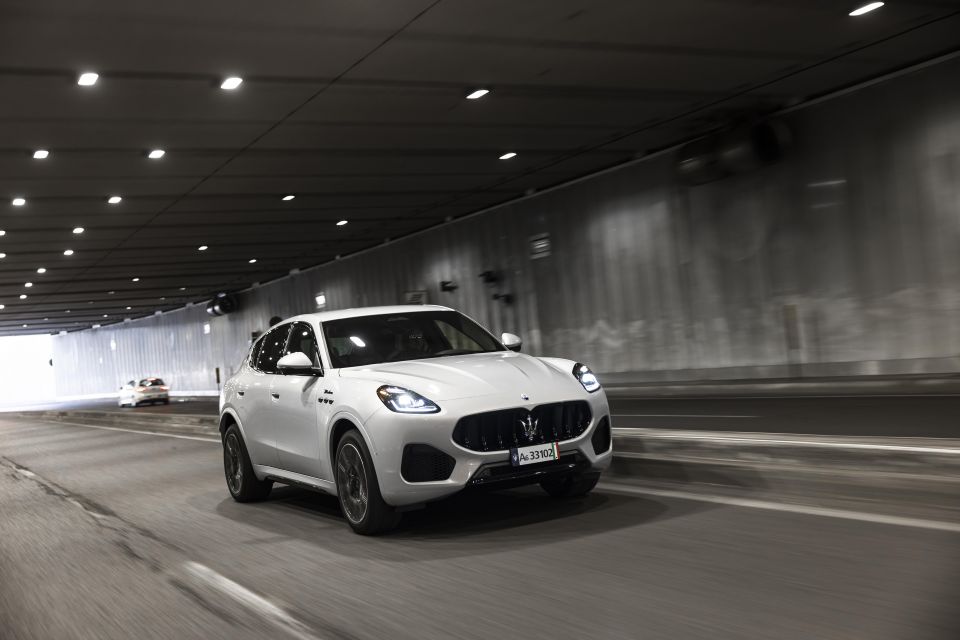
That noise becomes less intrusive as the engine warms, but its character remains more sandpaper than silk. You can’t really feel the mild-hybrid system’s e-booster at work, either, but the power delivery at lower revs is relatively linear and throttle response gets sharper above 3000rpm.
Despite their steel springs, the four-cylinder Grecales have a better low-speed ride than the Trofeo, not the least because they ride on tyres with taller sidewalls.
Standard wheels on the GT are 19-inches, shod with 235/55 tyres front and rear. The Modena has 20-inch wheels and like the Trofeo runs a staggered tyre setup – 255/45 front and 295/40 at the rear – with a 34mm wider rear track.
The four-cylinder Grecales feel lighter in the nose than their Macan counterparts, and more responsive to initial steering inputs, though the six-cylinder Trofeo has better overall steering feel, with more consistent weighting.

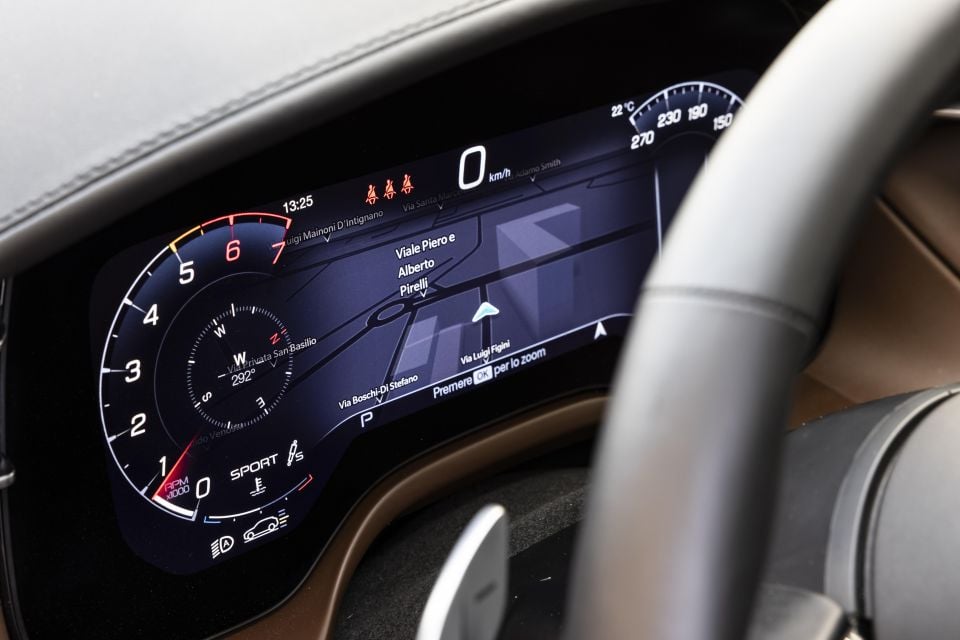
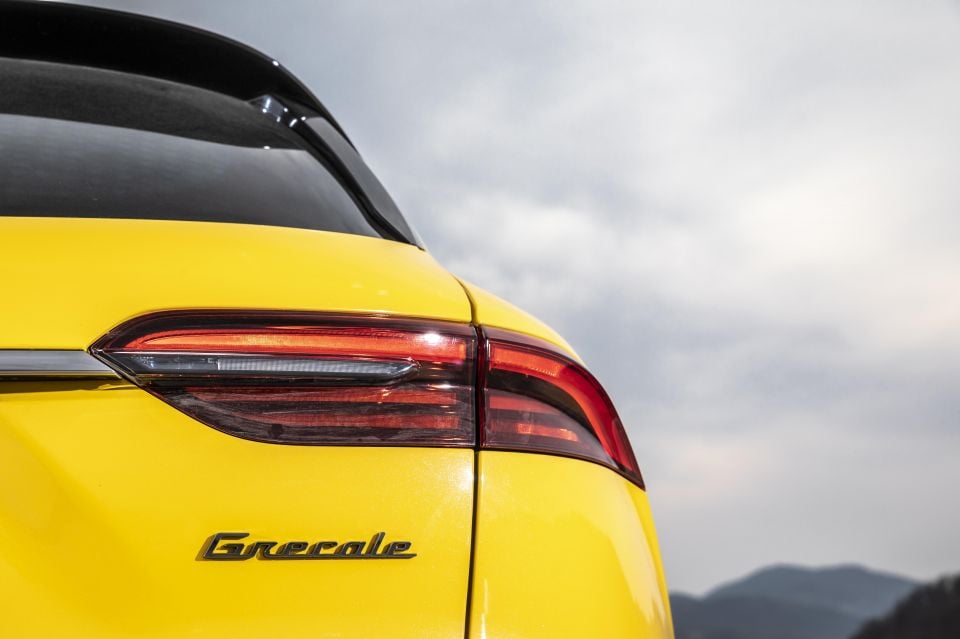

Where expert car reviews meet expert car buying – CarExpert gives you trusted advice, personalised service and real savings on your next new car.
Grecale GT highlights:
Grecale Modena adds:
Grecale Trofeo adds:
Maserati says it’ll “allow a pre-set level of personalisation” across all three variants with optional Comfort, Cold Weather, Handling, Tech Assistance and Nerissimo Packs.
The company also offers customisation of trim and exterior colours through its Fuoriserie program.
MORE: 2023 Maserati Grecale price and specs

The Maserati Grecale has yet to be crash tested by either EuroNCAP or ANCAP.
Standard safety equipment for Australia will include:
Optional active safety features include:
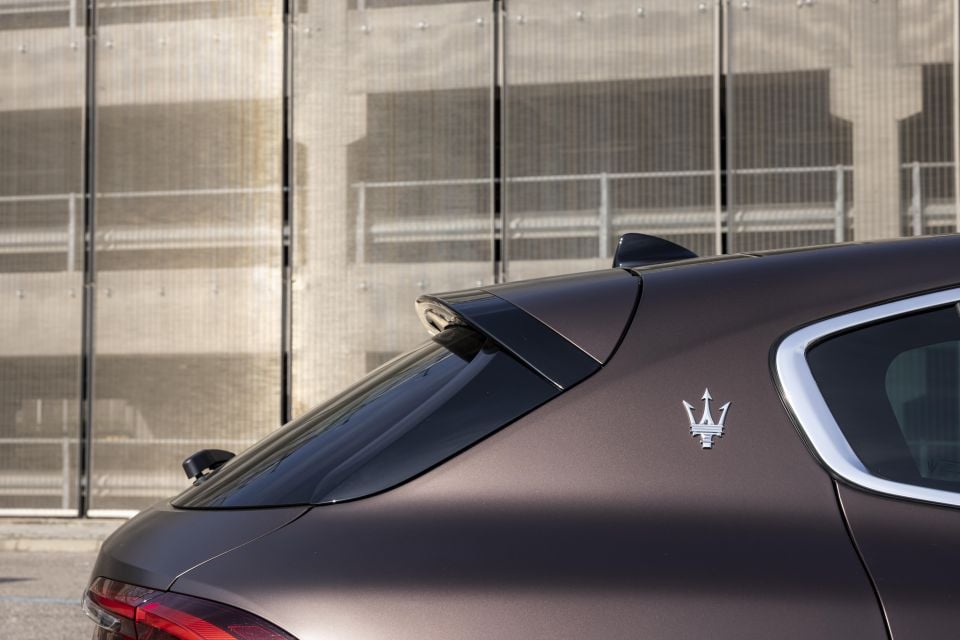
Like all Maseratis, the Grecale is covered by a three-year, unlimited-kilometre warranty.
The Grecale requires servicing every 12 months or 20,000km, whichever comes first.

At first acquaintance, the Maserati Grecale has what it takes to make a splash in the entry-level sports-luxury SUV segment. It’s more luxurious than a Stelvio, more charismatic than an F-Pace, and more exotic than a Macan.
The Maserati design language works well in the metal, the interior package is excellent in terms of its roominess and the premium materials used, and the performance delivers on the promise of that legendary Trident badge.
But the Grecale is also, model for model, more expensive than any of them. Is there enough magic in the Maserati name to sustain that?
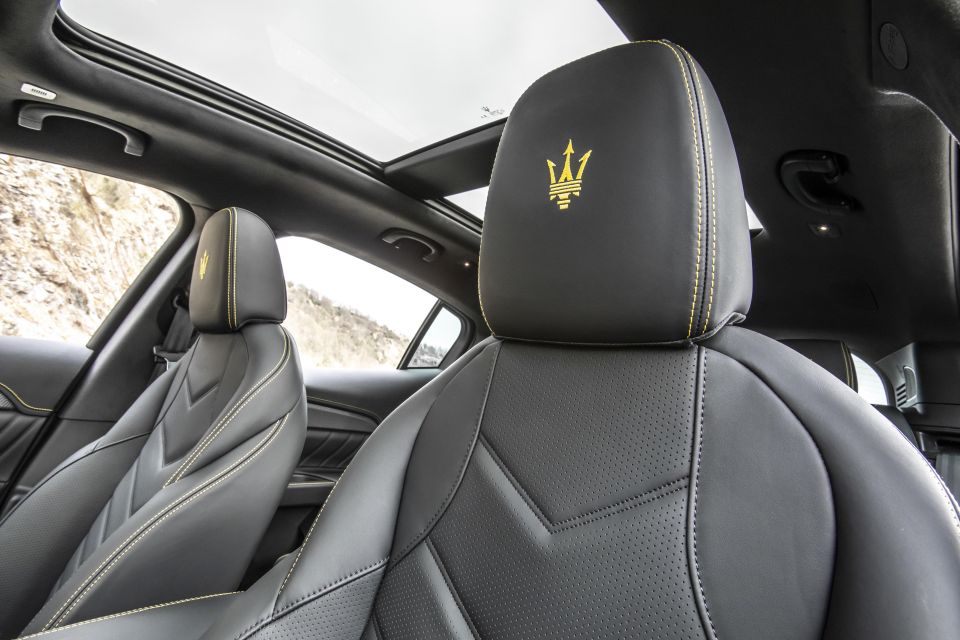
The case is perhaps a little more difficult to make for the four-cylinder Grecale GT and Modena models, as entry-level models of their Alfa, Jaguar and Porsche rivals can all be had for significantly less than their triple-digit price tags. Sure, those vehicles are not as fast or as flash as the Maseratis, but they have the sports car badges.
The Trofeo is the most expensive of the Grecales, but in some ways the most convincing, too.
It is genuinely fast – quicker to 100km/h than even the heavy-hitting Jaguar F-Pace SVR, let alone the Macan GTS. The chassis doesn’t have quite the poise of the Porsche, and it doesn’t feel quite as well screwed together.
But unlike other SUVs with sports car badges, it does have a genuine supercar engine – a genuine Maserati-engineered supercar engine, no less – under the bonnet.
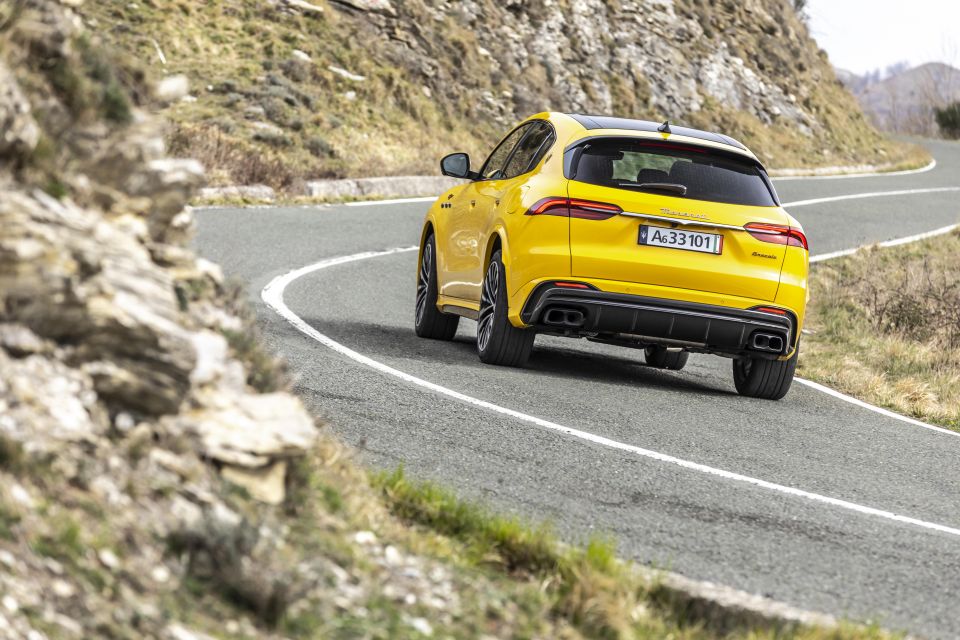
Click the images for the full gallery
Where expert car reviews meet expert car buying – CarExpert gives you trusted advice, personalised service and real savings on your next new car.


CarExpert.com.au
4 Days Ago
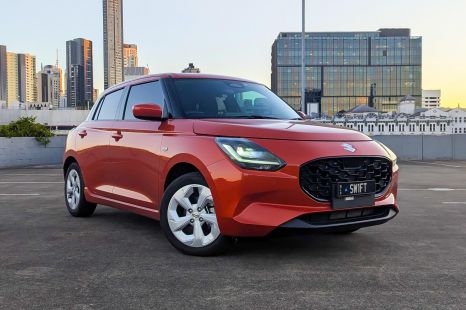

William Stopford
4 Days Ago


Max Davies
3 Days Ago


Josh Nevett
2 Days Ago


Andrew Maclean
1 Day Ago


Shane O'Donoghue
22 Hours Ago